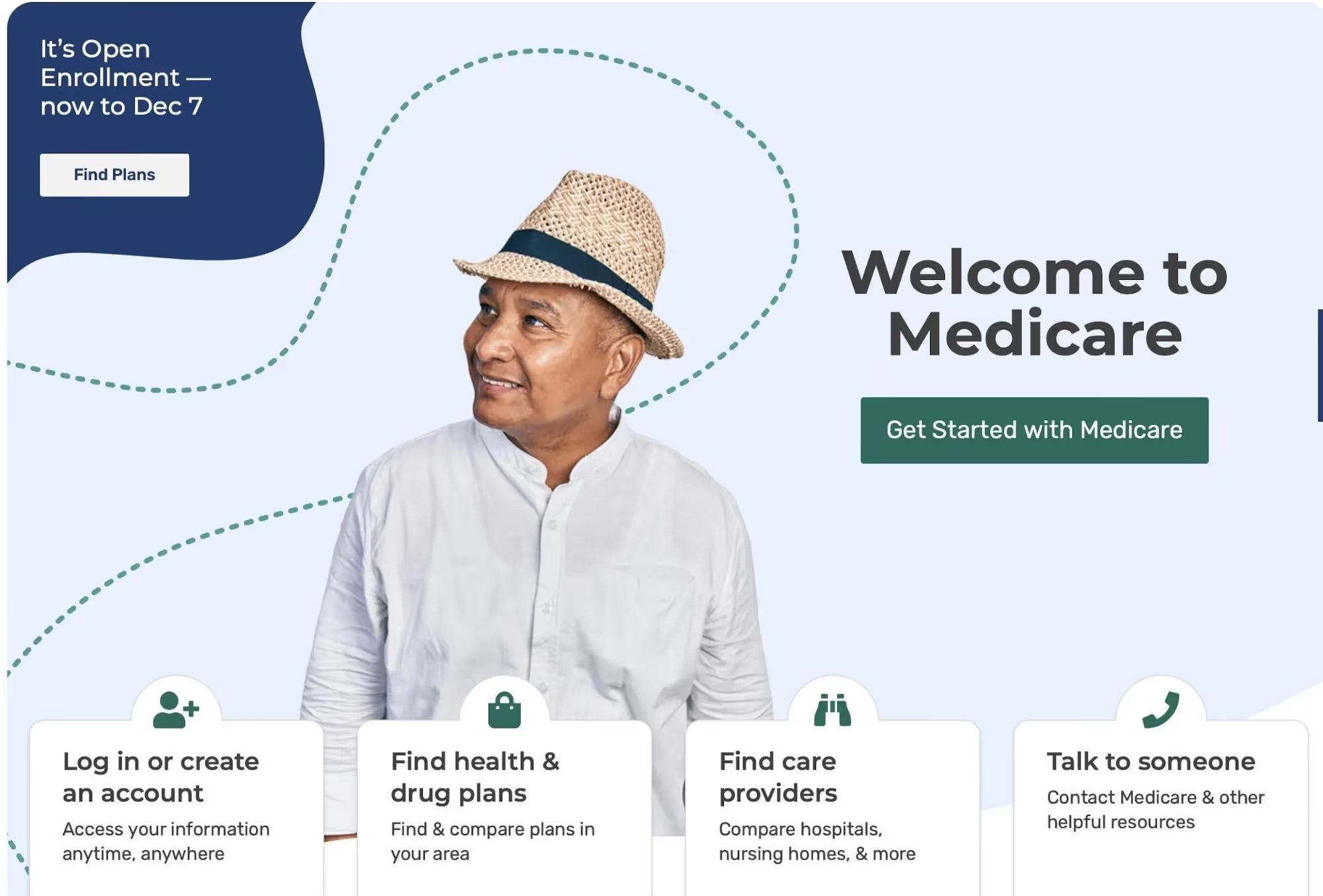If you watch TV for any length of time, you can’t miss a commercial recommending that you call an 800 number to obtain help with choosing a Medicare plan. A lot of the commercials offer zero dollars this or free that or send you money each month. You are seeing these ads because it’s Medicare’s annual enrollment period for 2023, open enrollment runs from October 15th to December 7th. During this time, if you qualify for Medicare, you are able to change your Medicare plan.
Just like when you make a large purchase, a house, or an automobile, you should do your homework and make sure the plan meets your needs and financial situation. There are several Medicare options available, original Medicare, Medicare Advantage (part C), and Medigap (supplement plan) and hopefully, this post will help you sort through them.
Let’s start with Original Medicare, it is provided by the federal government and is accepted by any doctor or hospital in the U.S. that accepts Medicare. Original Medicare consists of Part A or hospital insurance and Part B or medical insurance. You also have the option of signing up for Part D which helps to cover prescription drugs and vaccines, prescription coverage is not included in Part A or Part B. With original Medicare, your Part B services are covered at 20% after you meet your deductible. You pay a monthly premium for Part B and there is no yearly limit (out-of-pocket max) on your out-of-pocket costs unless you have supplemental coverage. Medicare covers most medical services but does not cover eye exams or dental care.
Medicare Advantage or Part C is offered by a for-profit company that offers an alternative to Original Medicare. The company must follow rules set by Medicare but can offer additional benefits like a fitness program, vision coverage, dental services, etc. Some Medicare Advantage plans require that you use doctors who are in the plan’s network or may require a referral to see a specialist. You still pay your Original Medicare Part B monthly premium, but could also have a monthly premium for the Medicare Advantage plan. Medicare Advantage plans can also include prescription drug coverage. Advantage plans have a yearly spending limit (or out-of-pocket max), once you reach your plan’s limit you will not pay out of pocket for services. Some Advantage plans have a lengthy appeal process.
A Medicare Supplement plan or Medigap covers some or all of the out-of-pocket costs, like copayments, coinsurance, or deductibles that are not paid by the Original Medicare. Medigap plans are offered by for-profit companies and you are not able to combine Medigap and Medicare Advantage. Medigap plans for new Medicare enrollees (after 1/1/20) are no longer able to cover the Original Medicare Part B deductible or contain drug coverage. Medicare was never intended as complete coverage. It is essential that supplementary plans are selected to cover the difference between what Medicare will cover and the actual cost of services, equipment, and prescriptions.
There are tons of available resources to help you make sense of open enrollment and your plan options, just make sure you find a resource that offers an unbiased option. Medicare provides tools on its site that can help you evaluate your options and compare Part D prescription plans and drug coverage. The new ALS drugs are not included in any of the Part D plans because of the required letter of medical necessity, these prescriptions are always evaluated individually.
Enroll with Synapticure, we offer insurance navigation resources to our neurology patients at no cost. Our insurance navigator can help you sort out all of your options and answer your insurance questions.






.avif)





.png)


